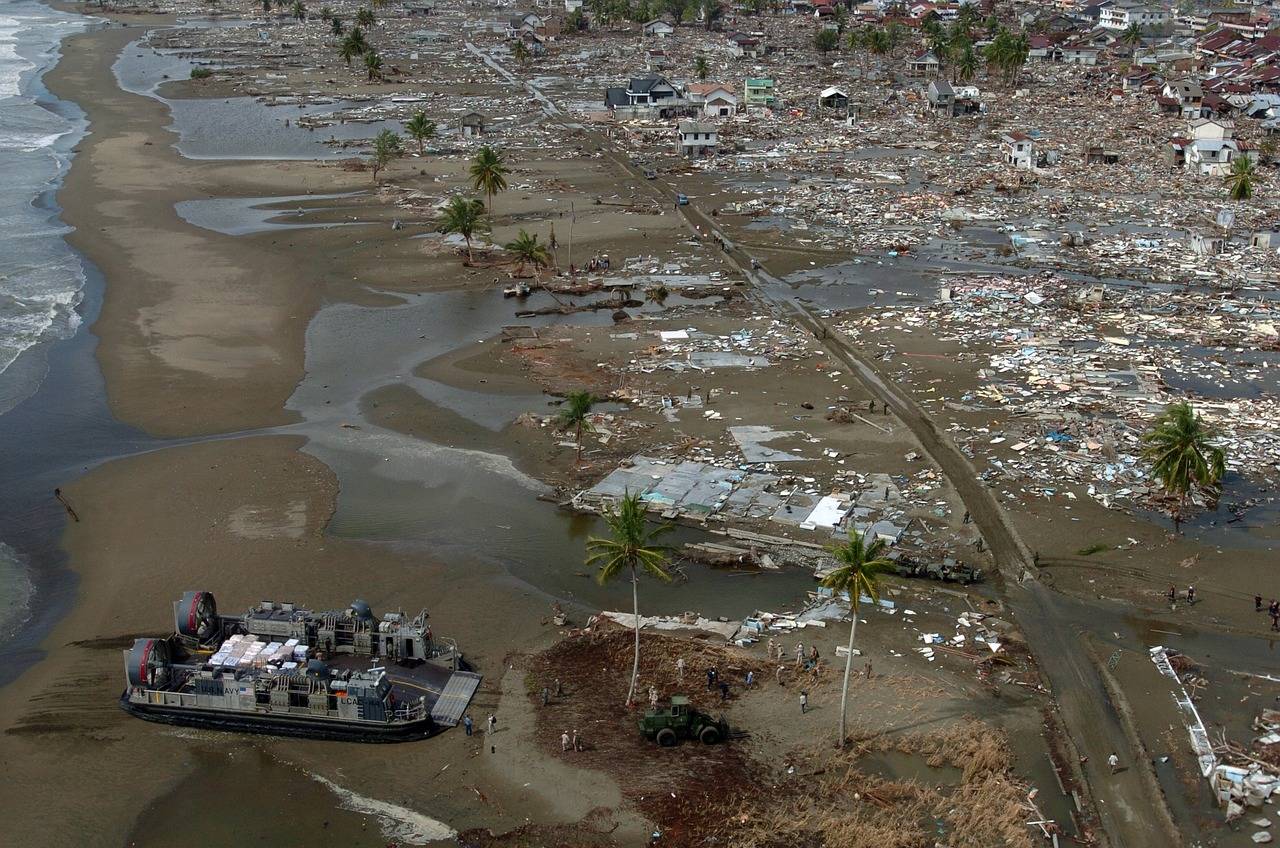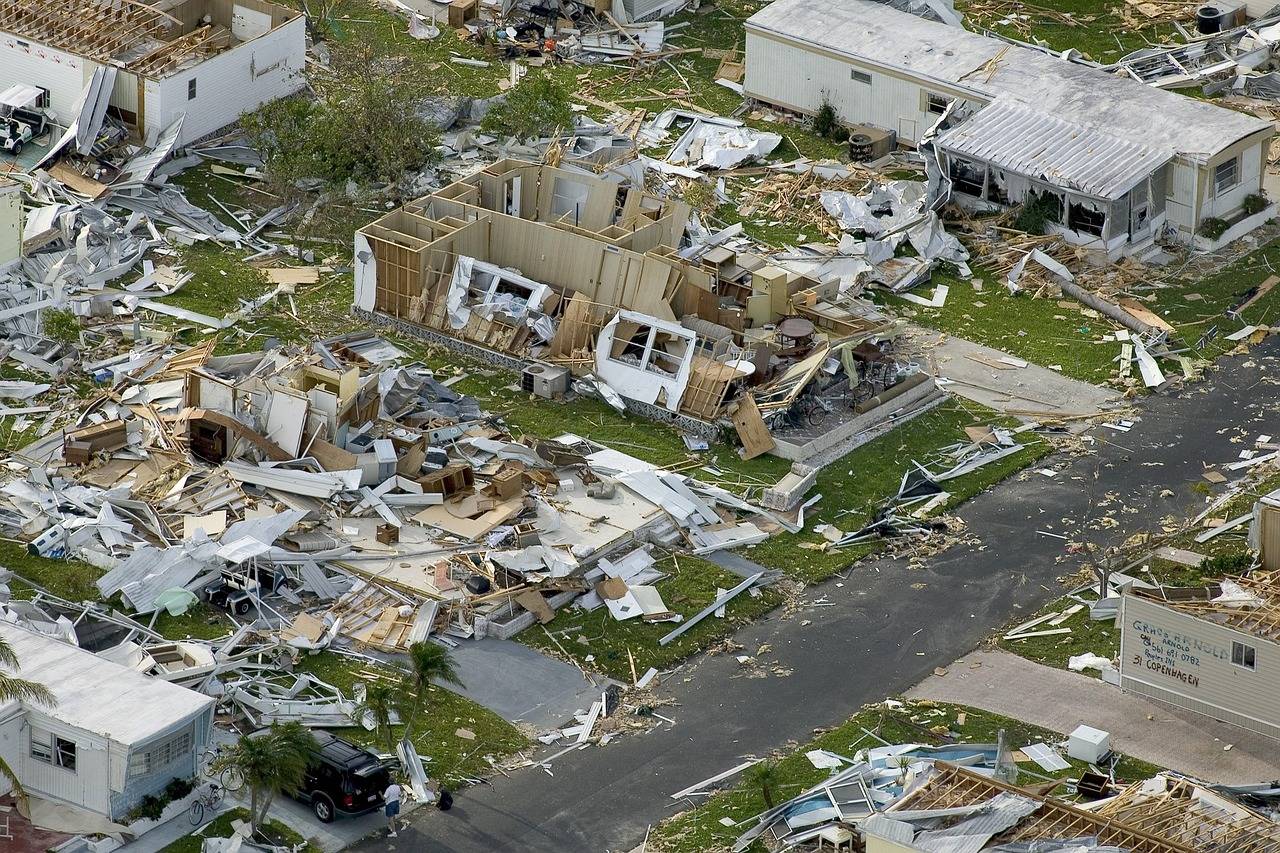3 minutes, 57 seconds

October 13 is the International Day for Disaster Risk Reduction (IDDRR). Designated by the United Nations General Assembly in 1989, the date was created to promote a global culture of disaster risk reduction. As recalled by promoters, the 2023 edition takes place after the revision of the Sendai Framework, an international document. Member States of the United Nations, in which the international community responds to the need to define a common strategy, shared globally, aimed at dealing with frequent and serious disasters. With current climate projections, the world could actually face about 560 disasters per year by 2030. According to estimates, by the same date, 37.6 million people will live in extreme poverty due to the impacts of climate change.
A worst-case scenario of climate change and disasters could push another 100.7 million people into poverty. In 2023, the International Day will explore the interrelationship between disasters and inequality. Inequality and vulnerability to disasters are in fact two strongly interconnected aspects: inequality in access to services such as finance and insurance exposes the most vulnerable. The risks of disasters, while the consequences of disasters exacerbate inequality and further impoverish those at risk. The theme of the day is in line with the Sendai Framework, an international agreement to prevent and reduce losses of human resources, livelihoods and economies. and basic infrastructure. It includes seven global goals and 38 indicators to measure progress. The Sendai Framework supports the Paris Agreement on climate change, and the two frameworks are interconnected to achieve the Sustainable Development Goals. Studies conducted in recent decades clearly highlight that it is the poorest people who suffer the most severe consequences of disasters.

The United Nations has documented that between 1970 and 2019, 91% of deaths caused by weather, climate and water events occurred in developing countries.. The World Bank found similar data, showing that a remarkable 82% of disaster-related deaths occur in low- and lower-middle-income countries. Furthermore, current studies show that approximately 75% of extreme weather events are directly linked to climate change, which is fueled by carbon dioxide emissions. So, ironically, countries that have contributed the least to the climate problem suffer the most from disasters. Within countries and societies, inequality plays an equally important role in determining who is affected by a disaster. Disadvantaged populations are more likely to live in high-risk areas and are often unable to invest in risk reduction measures. In many cases, they live in poor quality and unsafe housing and face a lack of essential services such as health, public transport, communication and basic infrastructure. Certain segments of the population, such as women, children and persons with disabilities, experience the impacts of disasters in different ways. In Nepal, for example, women are 20 percent less likely than men to receive official warnings of impending floods. In the devastating 2011 earthquake in eastern Japan, people with disabilities were twice as likely to die.
To prevent natural disasters – United Nations experts finally recalled – careful and integrated planning is necessary, Aiming to reduce people’s exposure and vulnerability, policymakers should adapt the financial system to finance the most climate-vulnerable countries. The issue of information also emerges, with Member States prioritizing their commitments to the Sendai Framework and achieving the SDGs, particularly to reduce poverty and inequalities, urgently address disaster risk and vulnerability, and pay particular attention to the most vulnerable communities. More investment is needed in the collection and use of disaggregated data to better understand vulnerabilities and disproportionate exposure to disasters and inform resilience-building programs. To ensure that everyone on the planet is protected by early warnings over the next four years, we must accelerate the implementation of early warnings for all.

“Gamer. Professional beer expert. Food specialist. Hardcore zombie geek. Web ninja. Troublemaker.”






More Stories
“China Uses 'Boiled Frog' Strategy, Becomes More Aggressive”
“We are the first force of the European center-right, so we arrive safely at the end of the assembly” – Corriere.it
NASA Will Plant “Moon Trees” Across America